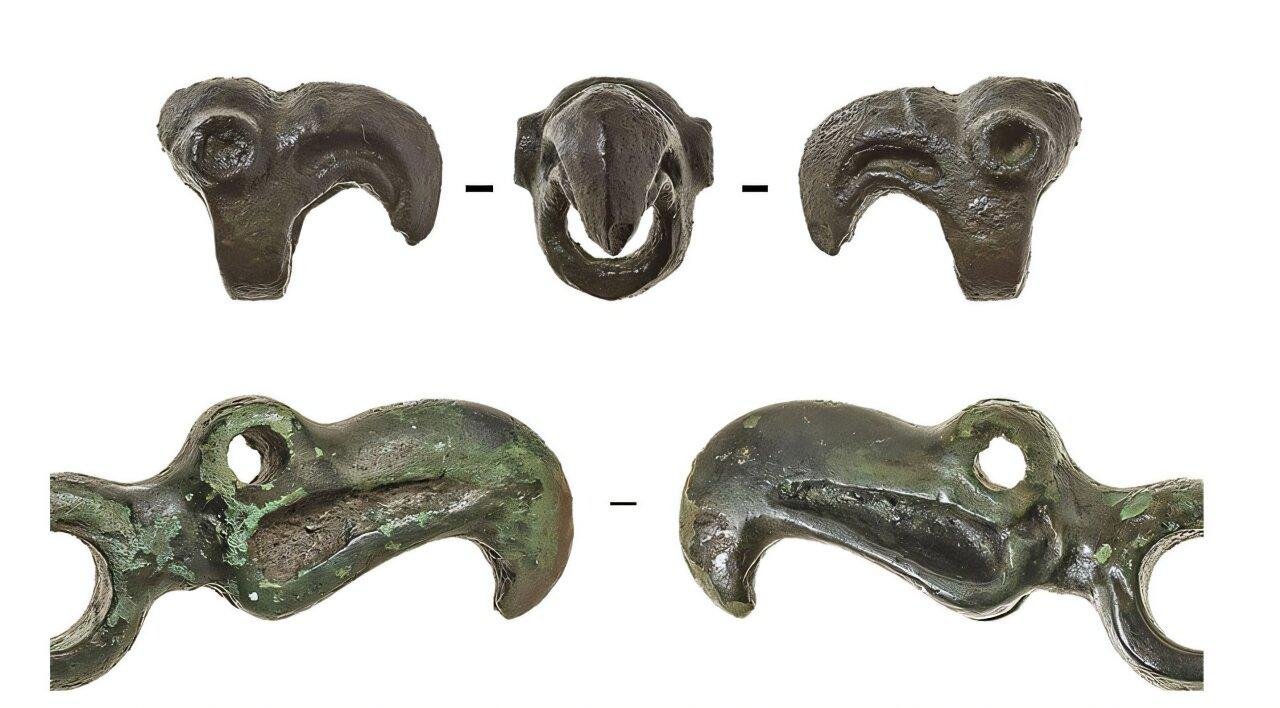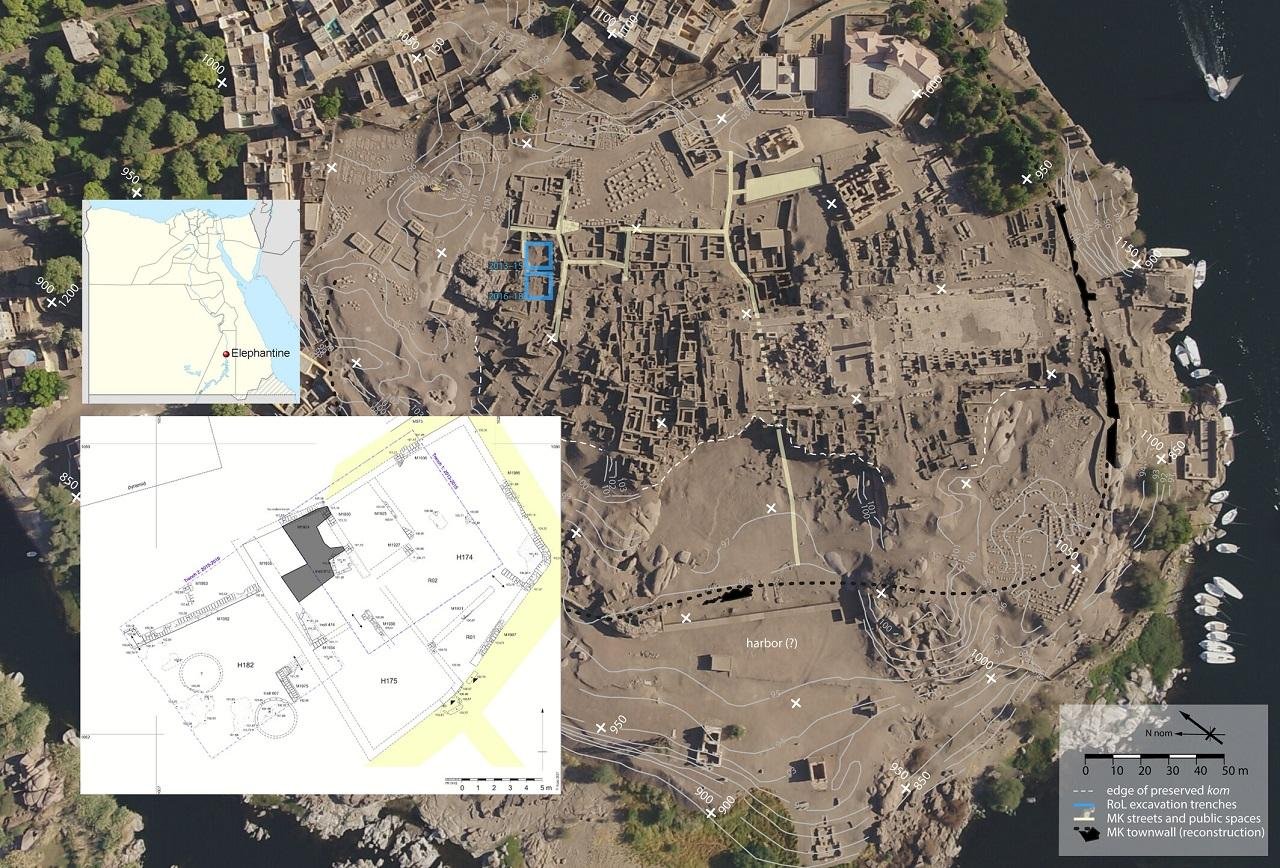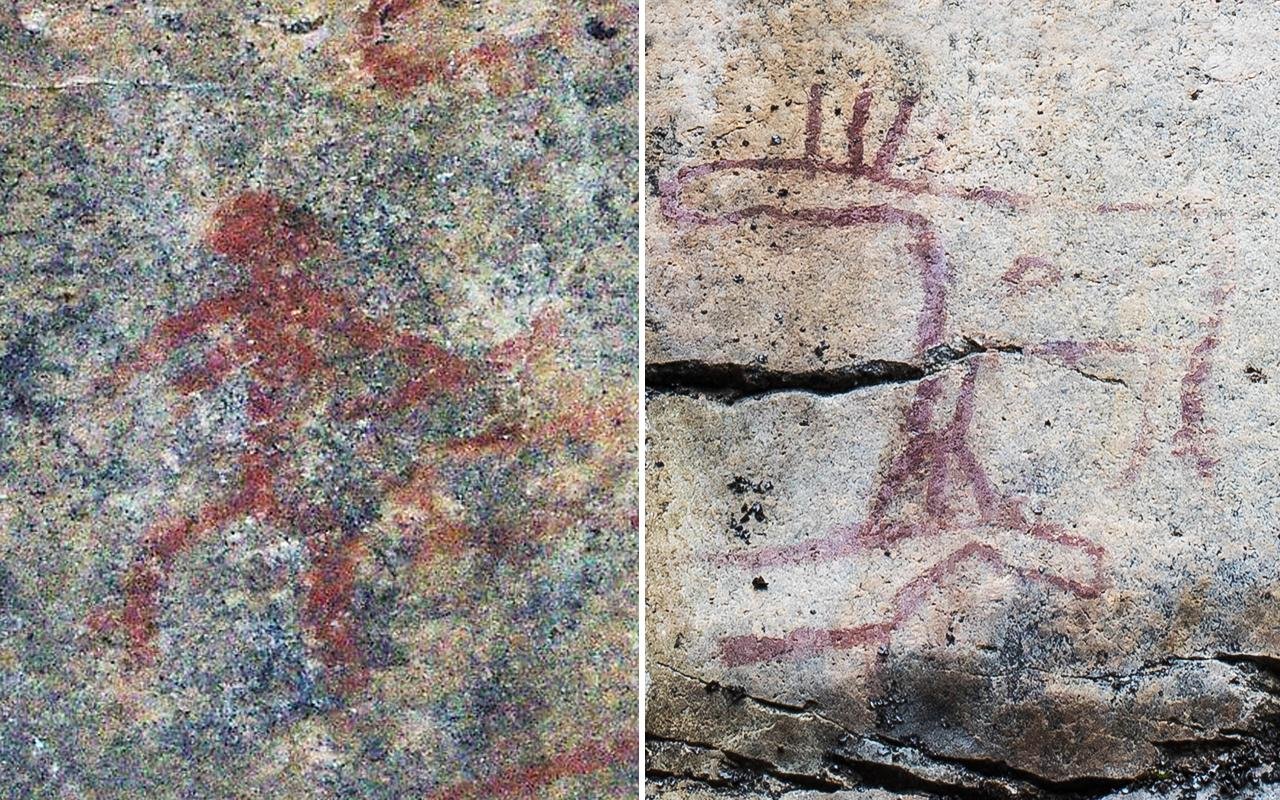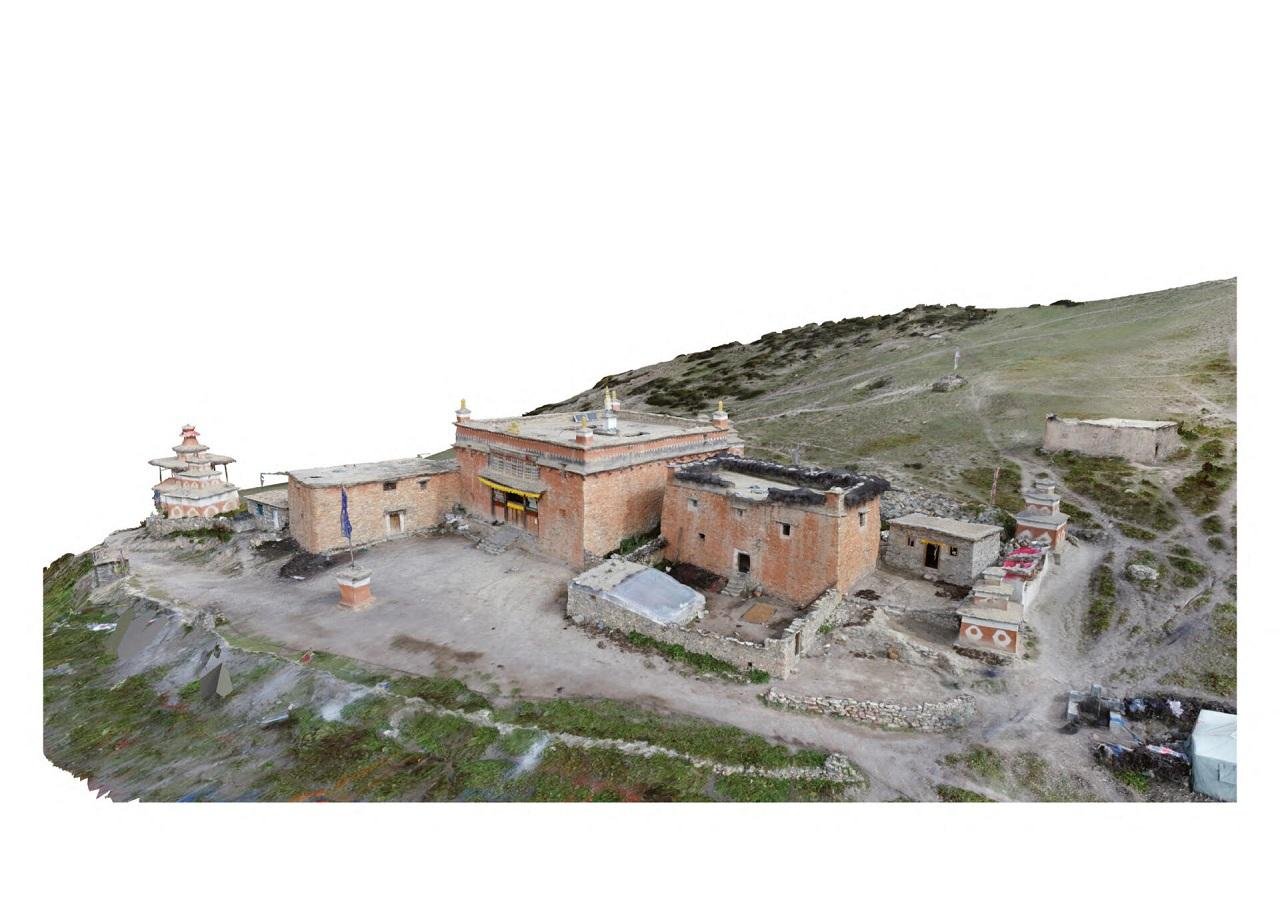Archaeologists have uncovered a significant pre-Dong Son settlement in northern Vietnam. The discovery at the Vuon Chuoi Archaeological Site, located in Lai Xa Hamlet, Kim Chung Commune, Hoai Duc District, Hanoi, is believed to date back nearly 3,000 years to the Bronze Age. The excavation, led by researchers from the Insтιтute of Archaeology, sheds light on an organized society that thrived in Northern Vietnam prior to the rise of the famous Dong Son culture.
 Archaeologists at the Vuon Chuoi archaeological site. Credit: Vietnam Insтιтute of Archaeology
Archaeologists at the Vuon Chuoi archaeological site. Credit: Vietnam Insтιтute of Archaeology
The research team, headed by Dr. Nguyen Ngoc Quy from the Insтιтute of Archaeology, excavated a 6,000-square-meter area on the western side of the Vuon Chuoi site. Numerous 100-square-meter pits were dug, revealing important preliminary findings. According to Dr. Quy, “The initial discoveries revealed a settlement area from the pre-Dong Son period. The site is situated on the highest point of the Vuon Chuoi mound, featuring a basin-like structure with the outer edges elevated by about 0.5 meters compared to the center. It appears that ancient people took advantage of both natural elevated and lower terrain to create a settlement, surrounded by a protective moat about 10 meters wide and 2.5 to 3 meters deep.”
The settlement’s construction materials were identified as yellow-brown clay, likely sourced from nearby natural mounds. The area shows traces of multiple pre-Dong Son cultural phases, with burial sites located along the outer slopes. The northwest corner of the site, in particular, revealed a dense necropolis, with burials from at least two overlapping time periods. These findings have been described as pivotal for understanding the organization and social structure of ancient communities in Northern Vietnam.
Dr. Quy noted, “They provide deeper insights into how ancient communities managed their living spaces to address challenges posed by both natural and social environments. The scale of construction at this site also indicates a well-organized society with a high level of labor division.” The findings reveal that the ancient inhabitants of Vuon Chuoi were able to build a large, complex settlement while maintaining a protective perimeter, showcasing their ability to adapt to the landscape and protect their community.
Despite the success of the excavation, preservation efforts at Vuon Chuoi have been slow. Since 2019, the Insтιтute of Archaeology, along with other organizations, has been submitting documentation to authorities to ensure the site’s protection. So far, only the eastern portion of the site has been listed as a heritage site under inventory. Vuon Chuoi has not yet been given the same level of recognition as other sites of comparable importance, such as the Dong Dau site, which has been designated as a Special National Monument.
The delay in official recognition has left archaeologists frustrated, with many questioning the reasons for the hold-up. A representative from the Hanoi Museum ᴀssured that the Heritage Management Department would work closely with Hoai Duc District’s Cultural Department to expedite the process of officially classifying Vuon Chuoi as a recognized archaeological site. “We are committed to working alongside scientists and relevant city authorities to expedite both the excavation and preservation of Vuon Chuoi,” said the Chairman of the Hoai Duc People’s Committee.
The Vuon Chuoi site holds significant value for Vietnam’s archaeological record, and its preservation is considered critical for future research on the country’s ancient history. As the excavation nears completion, there is hope that official recognition will come soon, ensuring the site is protected.
Vietnam Insтιтute of Archaeology





